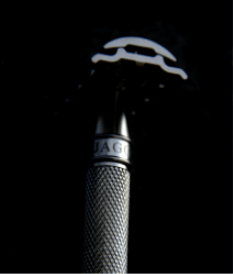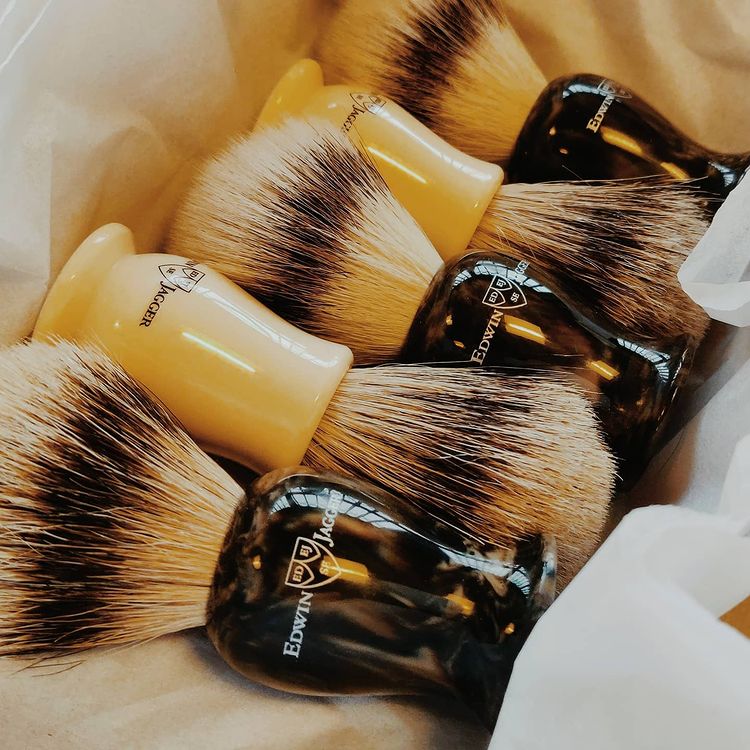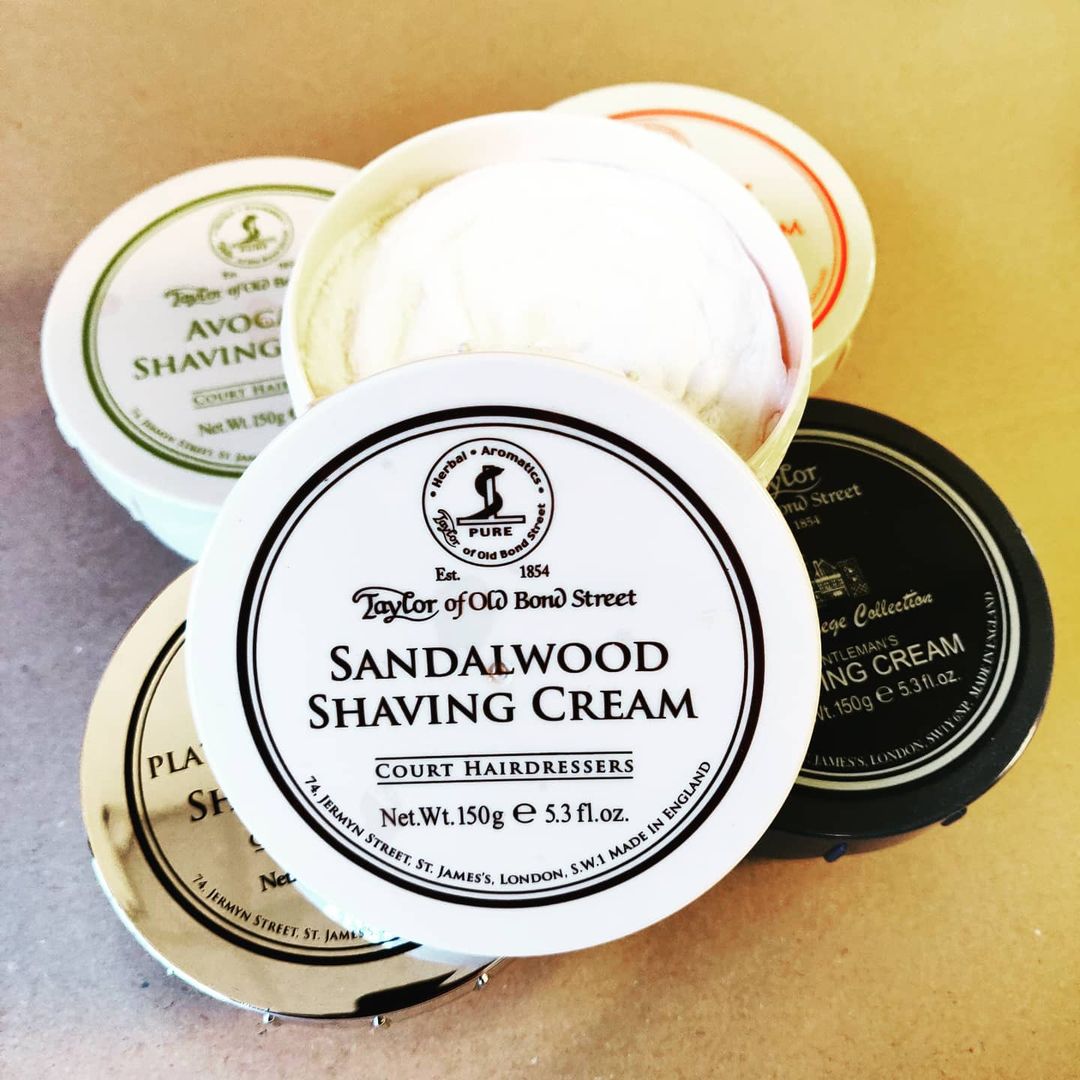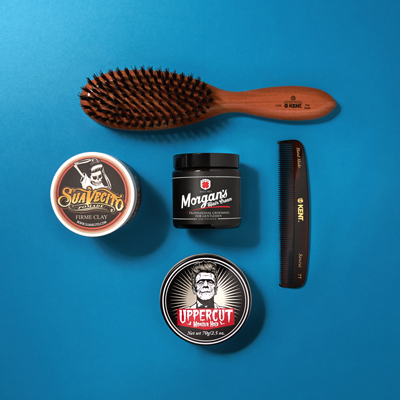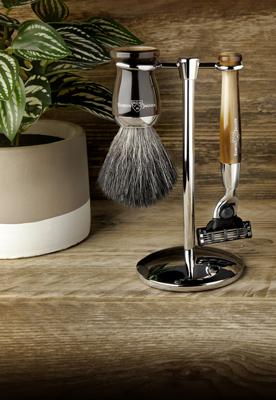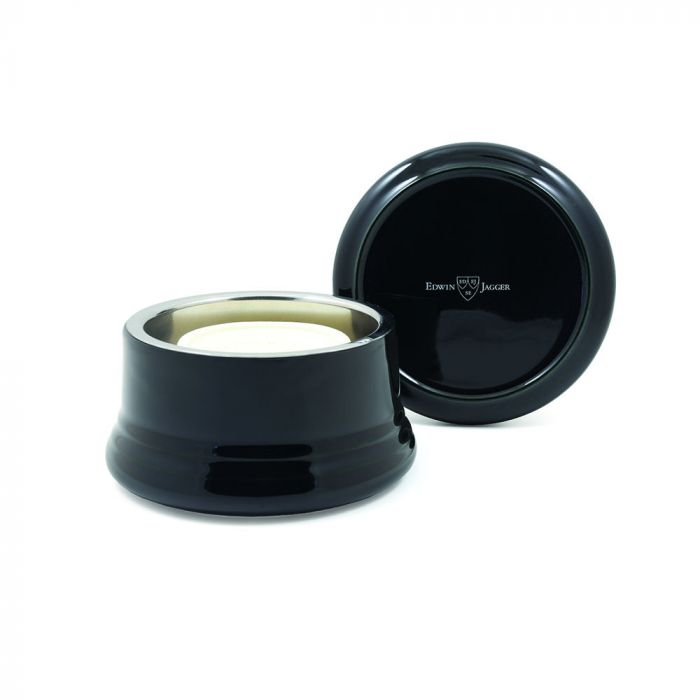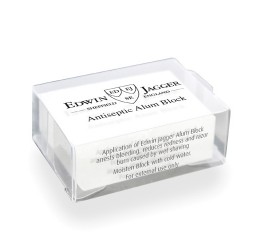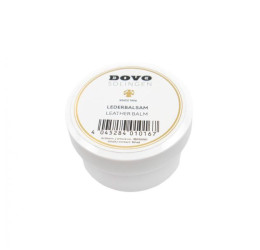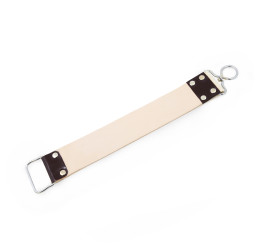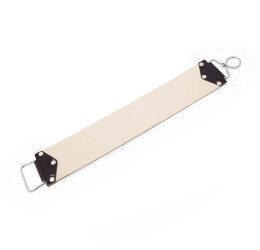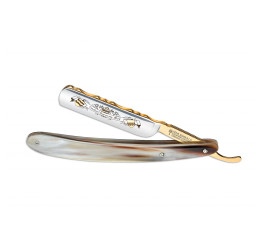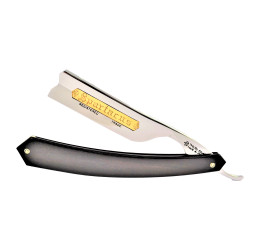How To Care For Your Straight Razor
It’s vital that you maintain and care for your straight razor properly to ensure you get that smooth and close shave you expect from this traditional form of shaving. If it’s blunt or rusty, it’s not good for anything!
 A straight razor, which is often known in popular culture as a cut-throat razor, is a fantastic tool for traditional wet shaving. It can take a bit of time to master, but produces an exquisite finish that can’t be matched. Read more about shaving with a straight razor on our blog! But the quality of your shave is only as good as the upkeep of the razor. There are a few basic maintenance tips that will help your razor last for years and produce a quality shave every time. All razors need a light stropping on a high quality leather strop, honing, and to be stored correctly.
A straight razor, which is often known in popular culture as a cut-throat razor, is a fantastic tool for traditional wet shaving. It can take a bit of time to master, but produces an exquisite finish that can’t be matched. Read more about shaving with a straight razor on our blog! But the quality of your shave is only as good as the upkeep of the razor. There are a few basic maintenance tips that will help your razor last for years and produce a quality shave every time. All razors need a light stropping on a high quality leather strop, honing, and to be stored correctly.
Razor Material
Straight razors can be made out of range of different metals. Those made from stainless steel are slightly less demanding in terms of maintenance and upkeep than other types such as the more popular carbon steel, but every straight razor still needs ongoing care to ensure top performance and longevity.
Straight Razor Stropping
Stropping is vital to keep your razor blade sharp and working effectively.
What Is Stropping?
Stropping is the method of keeping a straight razor sharp, which uses a ‘strop’ -- a long flexible piece of fabric, usually made from leather. The same method was traditionally also used for knife sharpening. It polishes the edge of the razor, correcting alignment and therefore ensuring it stays sharp. If you properly strop your straight razor, it minimises honing requirements. You might only need to hone it once a year!
 How to Strop Your Razor
How to Strop Your Razor
Firstly, you should always strop your razor before your shave. This helps to ensure that your shave is effective, but stropping immediately after shaving can damage the strop and in turn your razor. You should also take your time. When you’re practised at stropping, it can take just a few minutes, but to begin with you shouldn’t rush. Rushing can lead to mistakes which damage the strop, the razor or both! It’s much better to take slower, longer strokes than quick ones that are ineffective.
1. Hang Your Strop
Hang the strop on a hook and make sure it’s properly secured with the leather side up.
2. Hold the Razor
Lay the razor flat against the strop so both the cutting edge and the back touch the leather. Using your fingertips, hold it on the area between the razor and the handle. This makes it easy to turn the blade.
3. Push Away
With the cutting edge towards you, push the razor away from your body. It’s essential the razor is moved in the direction towards the spine and not towards the blade -- otherwise the blade will cut the strop. You don’t need to apply much pressure at all, simply let the razor glide along the surface with a light touch.
4. Pull
When you reach the end of the strop, flip the razor blade by turning it so the spine of the razor stays in contact with the leather and the cutting edge goes over the top. Don’t flip with the cutting edge down as this will cut and damage the strop. With the cutting edge pointing away and the spine closest to you, pull the razor down the length of the strop. When you reach the end, flip the razor. Again, make sure the spine, and not the cutting side, stays in contact with the leather.
5. Repeat
Repeat this process four or five times and your razor will be ready to use.
Honing
As well as stropping before each use, straight razors also require honing as part of their ongoing maintenance and care. There’s no rule as to how often your blade will need honing -- frequent stropping will reduce the required frequency of honing -- but it will certainly need doing once a year as a minimum. If you notice the blade dragging or becoming less effective despite stropping, then it’s probably time to hone it. 
What Is Honing?
Honing is a method of sharpening your straight razor to ensure it performs well throughout its lifetime. It isn’t required nearly as frequently as stropping, but it is an important step in keeping your blade sharp. Honing a straight razor usually requires a honing stone. These come in many different varieties and you can also use a separate strop combined with lightly abrasive strop paste for honing -- although these are less effective than a stone. There are two varieties of honing, wet and dry. Most straight razor manufacturers recommend using wet honing, but dry honing is a widely accepted technique that lots of people use.
How to Hone Your Straight Razor
1. Wet
For wet honing, wet the stone with water. You’ll need to add more water at various intervals throughout honing -- whenever you notice that it’s becoming dry.
2. Honing Stone
Place the honing stone on a flat surface and hold it steady.
3. Hold the Razor
Similar to stropping, hold the razor between your forefinger and thumb. Place the straight razor flat against the stone so both the cutting edge and the back of the razor touch the stone.
4. Push
Keeping pressure equal, push the razor down the honing stone. Unlike with stropping, you want to do this with the sharp edge leading. It’s also important to do the whole length of the razor in one stroke; if your razor edge is longer than the width of your stone, move the razor in an arc movement so the whole razor is sharpened in one stroke. Perform slow, even strokes.
5. Flip and Repeat
Flip the razor in a similar way with stropping: flipping the sharp end over the top and keeping the spine in contact with the stone. Pull the razor down the honing stone, again keeping it flat the whole time and ensuring the whole of the edge is sharpened in one stroke. You’ll need to do this plenty of times to hone your straight razor - ensure you do the same number of strokes on each side of the blade! You should be able to achieve a shave-ready blade with a little practice. Honing and stropping are the primary ways in which you need to care for your straight razor, but there are a few extra things you can do too.
Storing
Where and how you store your straight razor can also go a long way in ensuring it continues to work effectively. Like with any razor, to keep the blade sharp and prevent it from rusting, you should dry it after use and store it in a dry place. Moisture will dull the blade, so take it out of the humid bathroom when you’re done with your shave! If you do want to keep it in the bathroom, wrap it in a dry towel to keep moisture at bay and put it in a cupboard. A towel will also prevent it being damaged if dropped. Alternatively, you could invest in a leather pouch or even a wooden box which not only keep moisture out, but look great too! Found this blog helpful? Why not read more of our content such as shaving around the world and more.



